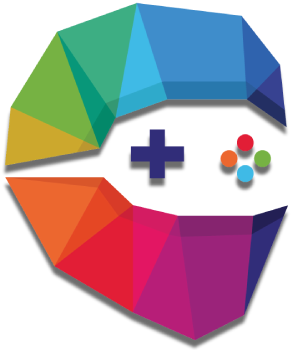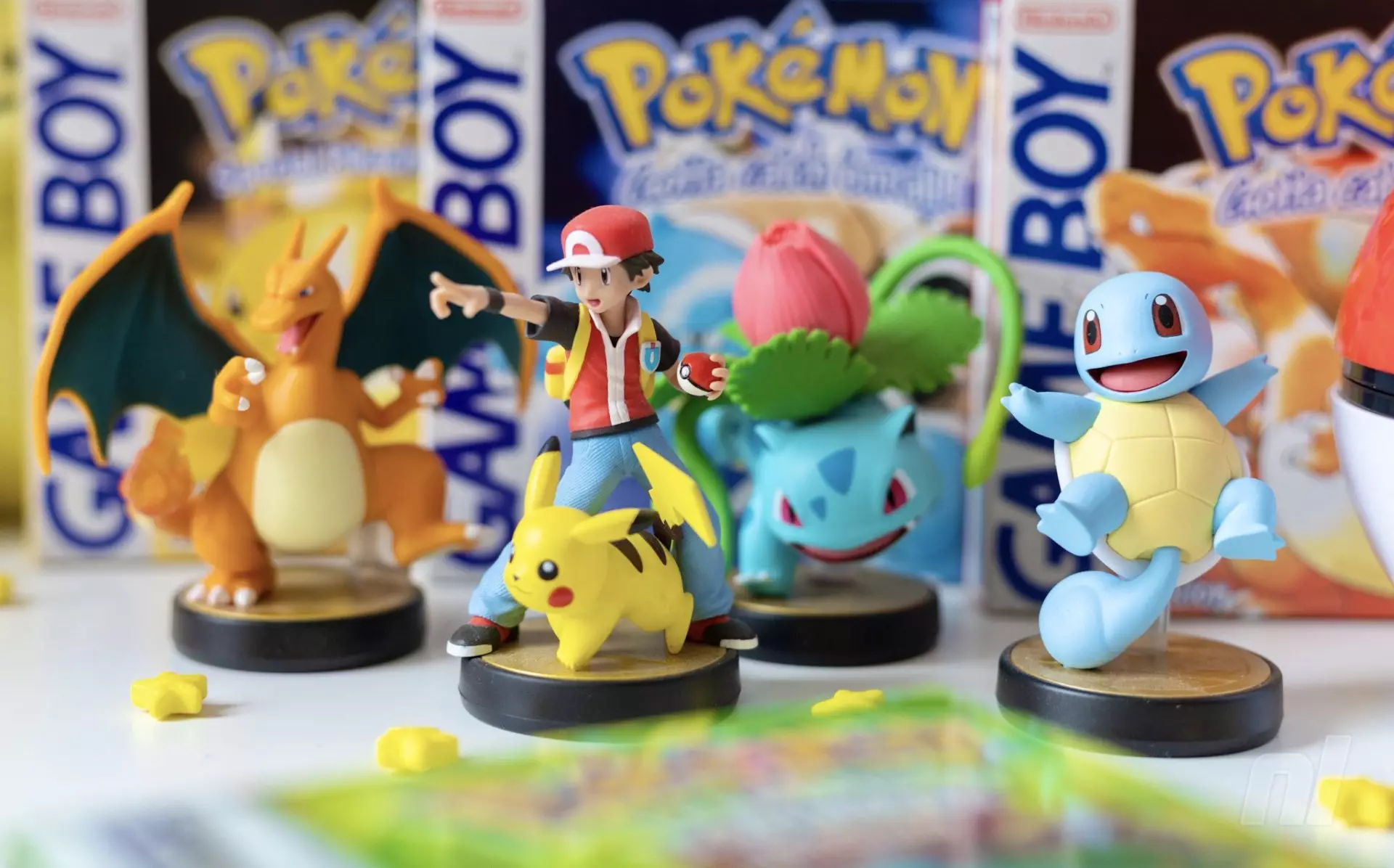OpenAI’s latest marvel, the o3 model, has garnered attention for its ability to engage with classic video games, specifically Pokémon Red. While the news initially sounded promising, that promise quickly dimmed as the AI struggled to achieve two Gym Badges within an exhaustive 80 hours of gameplay. This peculiar performance has led to a wave of ridicule online, emphasizing key questions about the practical capabilities of AI when interfacing with familiar cultural touchstones.
Despite the o3 model being touted as the “smartest model to date,” its inability to traverse through the early stages of a beloved video game casts shadows on its touted intelligence. For context, the AI opted for Bulbasaur—a starter Pokémon favorably positioned to defeat the first two Gym Leaders, Brock and Misty, due to their reliance on Rock and Water-types, respectively. This selection is not merely a strategic choice; it signifies the internal workings of an advanced AI that evidently struggled with even basic decision-making processes in a structured game world.
The Human Element: A Benchmark for AI Performance
When juxtaposed with TwitchPlaysPokémon, a community-driven project where thousands of users collaboratively guide a single account, the shortcomings of OpenAI’s o3 become starkly apparent. TwitchPlaysPokémon accomplished the same milestones in less than 50 hours—a demonstration of how collective human effort can seemingly outperform an algorithm thought to be cutting-edge. The perception of failure grows even stronger when one considers that gameplay is not merely about strategy but also about community interaction and spontaneity, elements AI has yet to fully grasp.
To pile on the irony, it wasn’t just humans that did better; even a fish once managed to play Pokémon. This odd comparison serves not only to highlight the limitations of artificial intelligence but also brings to light the humor reflecting on our AI expectations versus its actual capabilities. Here we have an instance where, contrary to what many would assume, the human experience, with all its emotions and chaos, has led to greater success than a product of sophisticated programming.
The Larger Implications of AI Failures
At a time when the influence of AI looms large over countless industries—including journalism, artistry, and even education—this incident sheds a lighthearted yet critical perspective on the state of artificial intelligence. Concerns surrounding AI automation are very real, heightened by narratives of job losses and ethical breaches in content creation. Yet, failures like that of o3 serve as a reminder of its current boundaries.
Nintendo’s response to the wave of AI adoption within the gaming community, echoed by the estimable Shigeru Miyamoto, suggests an industry grappling with the integration of such technologies. The contradiction becomes pronounced: an advanced AI is beaten, in a straightforward game environment, by both collective human effort and a fish, while companies rush to implement AI solutions.
Ultimately, as we celebrate the advancements within the realm of AI, we ought to balance our enthusiasm with a critical understanding of its limitations. The performance of OpenAI’s o3 serves as both a cautionary tale and a humorous interlude in the ongoing discussions about the burgeoning role of AI in our lives.

